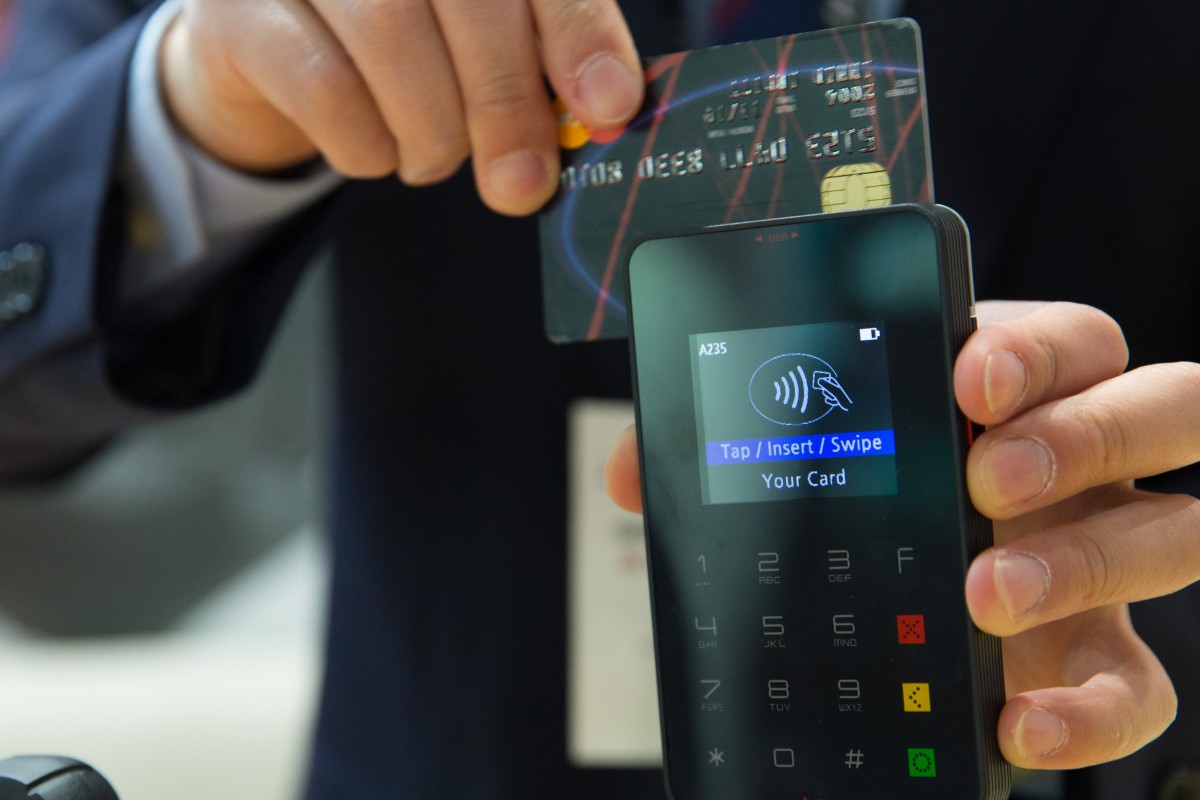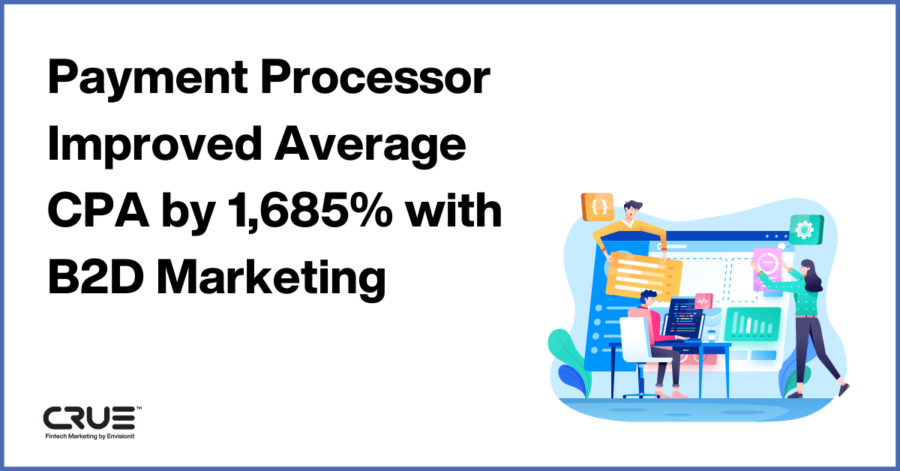Consumer Packaged Goods (CPG) brands need to do more than just acknowledge the industry landscape is changing, but come to the forefront of the change. Our experience partnering with CPG brands has uncovered four areas that brands will need to adapt and further evolve to ensure they are progressing with the industry—whether in-house or through the support of their agency partners.
Incorporating an Omnichannel Approach
If you are a brand not employing an omnichannel strategy in the digital age, success is an uphill battle. Depending only on brick and mortar retail partners creates challenges as it closes off the ability and opportunity for a cohesive cross-channel plan to better connect with your audience where they are.
A Harvard Business Review study reported that 73% of consumers use multiple channels for researching and purchasing products. What this means is that brands have to maintain an online and offline presence in order to meet the needs of current and potential consumers—i.e., be wherever your consumer is and be accessible for them to make a purchase.
Keeping in mind that digital is now the standard, brands need to ensure that they provide a seamless shopping experience offline or online and that they create continuity between what shoppers see online vs. in the retail environment.
Keeping End Destinations in Mind
With 76% of CPG shopping trips starting online and many consumers researching products and comparing products on smartphones, it is always important for brands to keep the end destination in mind. Where do you want to drive your shoppers? What value are you providing? Does the end destination messaging match what you sold to the consumer via a paid ad, whether digital or traditional?
For CPG brands with leaner teams, it is hard to consistently keep up with an e-commerce website and at times with a simple brand site, however, the impact of a mobile-optimized, direct-path-to-conversion site is crucial in the success of the online journey and how it fits into the overall omnichannel plan.
Establishing Sustainable Practices
Sustainable practices aren’t just trendy, they are a way of life for many consumers. 81% of consumers say they will make personal sacrifices to address social, environmental issues and they look to brands to do the same, specifically CPG brands. This not only connects with the consumer on a personal-value level, but it sets the foundation for the ethical and moral practices that brands abide by. 84% of consumers seek out responsible products and brands wherever possible. If brands aren’t part of this movement, they will start to see shifts in their consumers and purchasing behaviors.
Consistently Engaging with Consumers on a Deeper Level
The consumer is always informed. How many brands can say this about their consumer? Consumer connections are more and more important. They no longer just want information about a product—they want to connect with the story behind it. They want to know what the company stands for, what benefit they are providing the consumer and, at the end of the day, there should be shared values that connect with them.
Simply having social profiles and a website isn’t enough for brands, they need to start deepening their connections and providing a level of customer service to stay engaged. This kind of engagement provides a level of transparency that consumers are looking for.
Additionally, as consumers continue to use social media platforms to converse with their family and friends, the digital word of mouth is becoming ever more important and impactful. If brands aren’t joining in the conversation with consumers they are missing out on potential advocates and potential consumers that are wanting to know more about the brand.
Following these four areas, and leveraging their partnerships with their marketing agencies, CPG brands can set themselves on the path of growth and opportunity.













